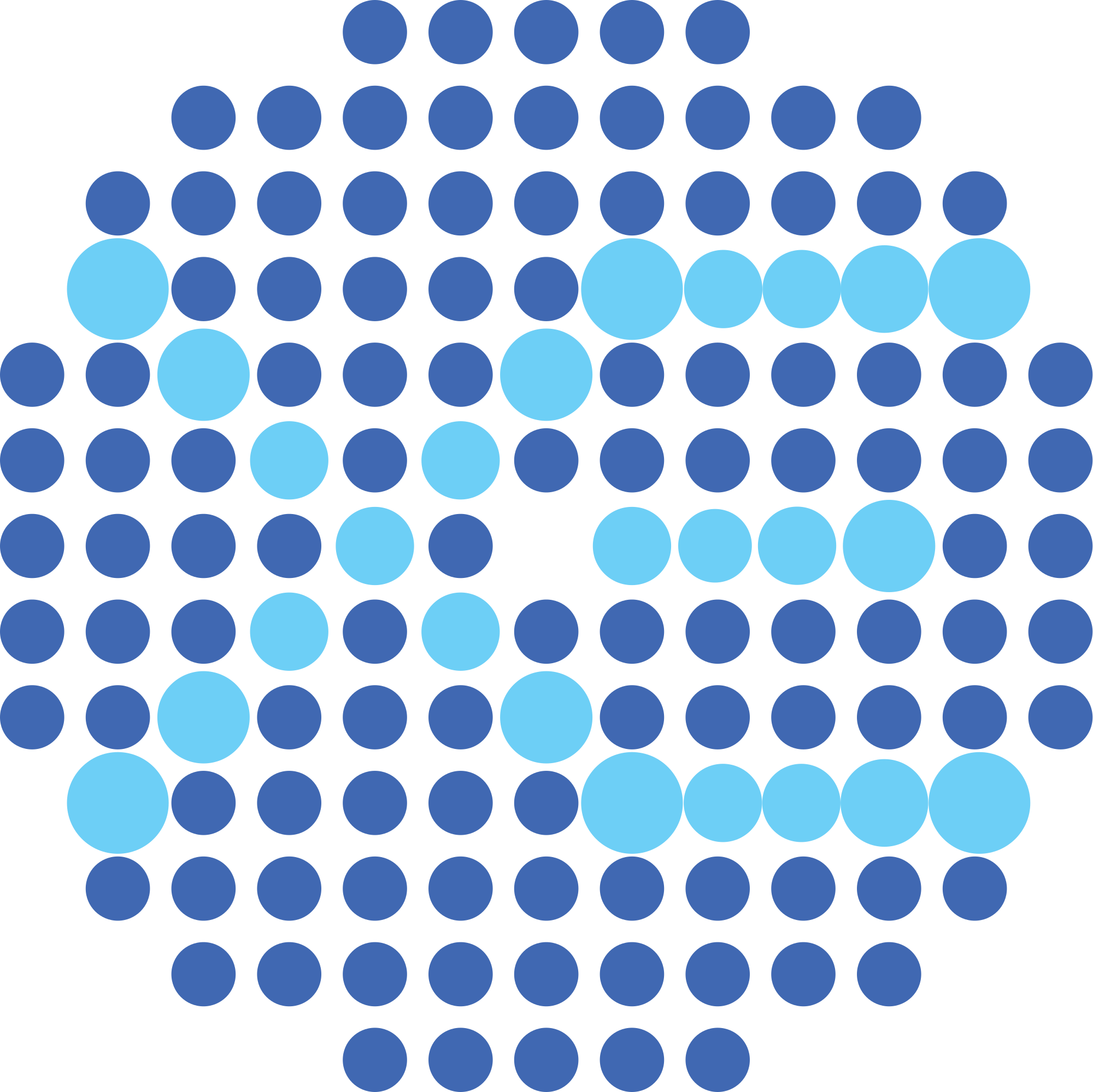Search for light dark matter interactions enhanced by the Migdal effect in XENON1T
When a particle elastically scatters off a xenon nucleus, it has been assumed that electron clouds immediately follow the motion of the nucleus, but in reality it takes some time for the atomic electrons to catch up, resulting in ionization and excitation of the atom. This effect is called the Migdal effect, which was predicted by A. B. Migdal and recently reformulated […]
Talk at Lepton Photon 2019
A talk on the measurement of the double electron capture half-life of xenon-124 with the XENON1T experiment was given at the Lepton Photon 2019 conference in Toronto in August 2019. Ethan Brown from Rensselaer Polytechnic Institute presented this exciting result, demonstrating the power of the ultra-low background in XENON1T. This yielded the measurement of the longest […]
Light Dark Matter Search Results from XENON1T
XENON1T recently released a preprint with new world-leading constraints on light dark matter particles. The challenge of light dark matter The XENON1T detector aims find the signals of dark matter bouncing off xenon atoms. If such a collision happens, it produces two signals: a small light flash (S1), and a cloud of free electrons that […]
Signal Reconstruction, Calibration and Event Selection in XENON1T
Since the first release of dark matter search results based on the 1 tonne-year exposure of the XENON1T experiment, the collaboration has published more WIMP signal searches based on the same dataset. Those articles are usually written in a brief way and are focusing on the communication of the scientific results. In order to give […]
XENON at EPS-HEP2019
XENON was on the agenda at the European Physical Society Conference on High Energy Physics 2019 (EPS-HEP2019), which was held in Ghent, Belgium in the middle of July. The talk, presented by Adam Brown from the University of Zurich group, concentrated on results from XENON1T and also provided an overview of the work which is […]
XENON talk at Patras Workshop
A talk on the XENON project was given at the 15th Patras Workshop on Axions, WIMPs and WISPs, which was held in Freiburg (Germany) in the first week of June. Andrea Molinario from the Gran Sasso Science Institute and Laboratori Nazionali del Gran Sasso presented the most recent results from the data analysis of XENON1T, […]
XENON1T talk at Low Radioactivity Technique 2019
Our latest XENON1T paper on details of our analysis was presented at the Low Radioactivity Techniques, a conference focused on low background experiments. In the talk (that you can find here), the response model of the detector, the challenges of background modeling, as well as the used techniques were described. In a low background experiment […]
On the way to XENONnT
The XENONnT dual-phase xenon TPC requires two regions with different electric fields to drift, extract, and accelerate the small number of ionization electrons that are created by a possible dark matter interaction with xenon nuclei. These fields will be created with a total of five electrodes that are biased at constant electric potentials from top […]
XENON on skis
XENON was present at the ALPS conference in Austria. Chiara Capelli from University of Zurich gave a talk on behalf of the XENON collaboration. The talk focused on the latest XENON1T results on spin-independent and spin-dependent WIMPs, and on the newest results on two-neutrinos double electron capture, with a final status on the XENONnT upgrade. […]
Observing the Rarest Decay Process Ever Measured
[Press Release April 2019 – for immediate release. Paper published in Nature and preprint on the arxiv.] The universe is almost 14 billion years old. An inconceivable length of time by human standards – yet compared to some physical processes, it is but a moment. There are radioactive nuclei that wdecay on much longer time […]
